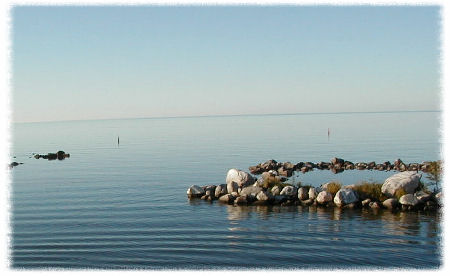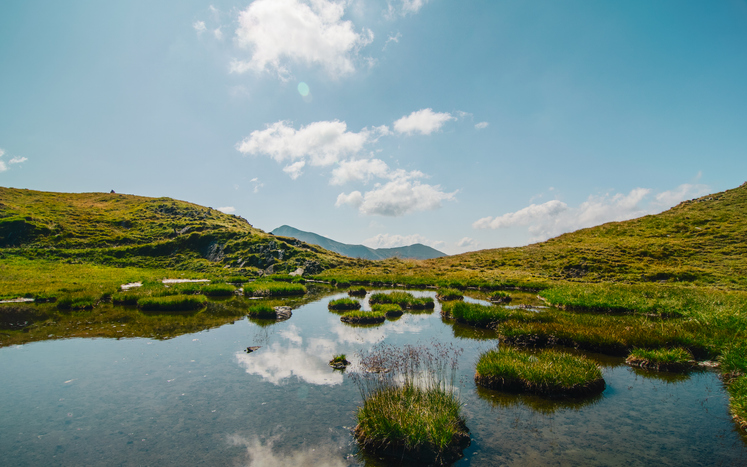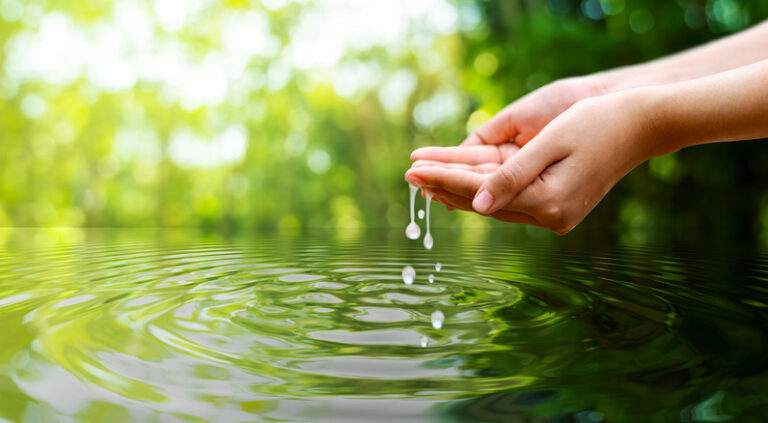The Global Nature Fund has recognized Lake Winnipeg as the “most threatened lake of the year” of 2013.
Lake Winnipeg, the tenth largest freshwater lake in the world, has a watershed spanning nearly one million square kilometres, draining 90 per cent of the prairie agricultural land in Canada.
The lake is the world’s large eutrophic lake, where phosphorus in the water causes algal blooms with potential toxicity spanning 10,000 square kilometres. Summer measurements of chlorophyll have been the highest of the world’s biggest lakes, exceeding Lake Winnipeg’s ecological threshold.
Bob Sandford, chair of the Canadian Partnership Initiative in support of the U.N. Water for Life Decade, says Lake Winnipeg is a symbol of a greater global problem.
“The toxic bacteria contributing to the declining health of Lake Winnipeg has now been detected in 246 water bodies across Canada at levels exceeding guidelines in every province,” he says in a release from Living Lakes Canada.
According to Dr. David Schindler, professor of ecology at the University of Alberta, the largest impacts on the lake are the increase in hog farming in the Red River Basin, combined with frequent flooding of the river.
Former Threatened Lakes of the Year
2012: Lake Titicaca, Bolivia and Peru
2011: Launa de Fuquene, Colombia
2010: Pulicat Lake, India
2009: Lake Atitlan, Guatemala
2008: Mahakam Wetlands, Indonesia
2007: Pantanal, Brazil, Paraguay and Bolivia
2006: Dead Sea, Israel, Jordan and Palestine
2005: Lake Victoria, Kenya, Tanzania and Uganda
2004: Lake Chapala, Mexico
Photo: gov.mb.ca









